10 Best Herbal Linctuses For Hay Fever
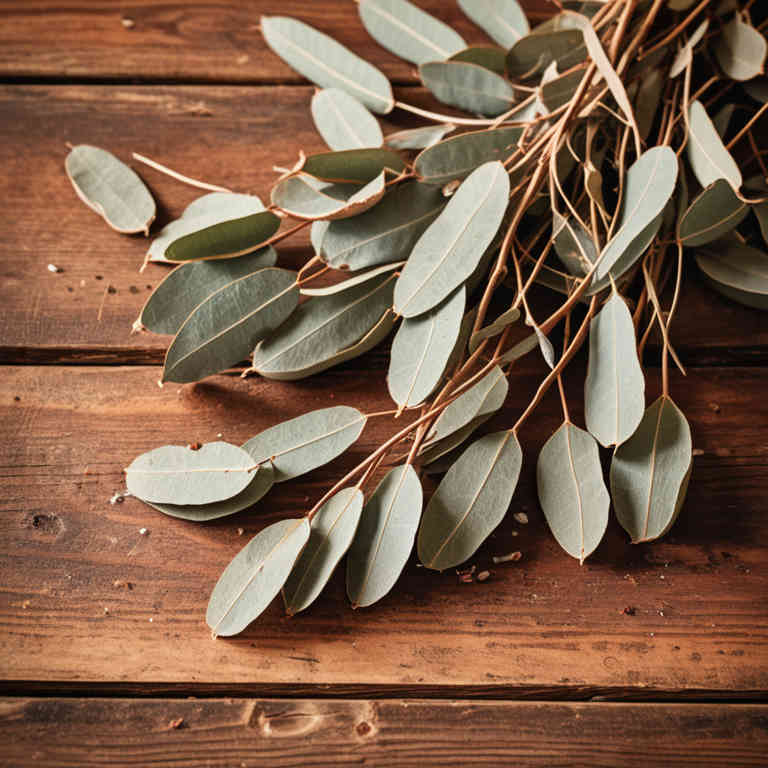
Herbal linctuses are natural remedies designed to soothe throat irritation and reduce coughing, often used as an alternative or complement to conventional treatments for hay fever.
These preparations typically contain plant-based ingredients such as licorice root, thyme, eucalyptus, and chamomile, which are known for their anti-inflammatory and antitussive properties. While they may not directly treat the allergic symptoms of hay fever, they can help alleviate secondary issues like a sore throat or persistent cough caused by postnasal drip. Many people prefer herbal linctuses for their mild side effect profile and the absence of synthetic additives.
However, it is important to consult a healthcare professional before using them, especially for children or individuals with known allergies to the herbal components.
FREE Herb Drying Checklist
How to make sure every batch retains maximum flavor, color, and aroma without the risk of mold or over-drying. Eliminate guesswork and trial-and-error, making herb drying faster, easier, and more efficient every time.
Table of Contents
1. Urtica dioica
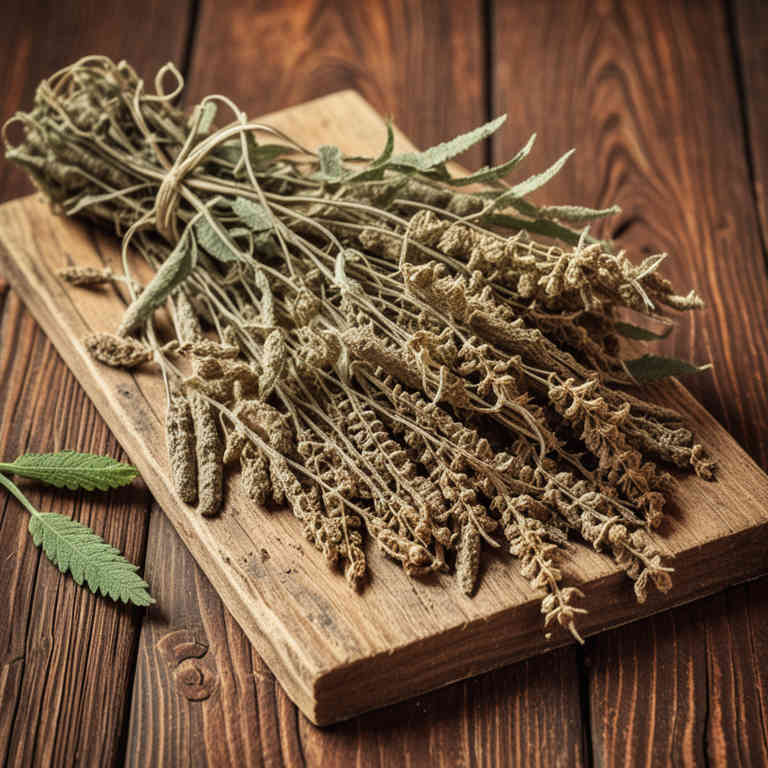
Urtica dioica, commonly known as stinging nettle, has been traditionally used in herbal medicine for its potential to alleviate symptoms of hay fever.
When prepared as a linctus, or herbal syrup, it may help reduce inflammation and soothe irritated airways, offering natural relief from allergic symptoms such as sneezing, runny nose, and itchy eyes. The active compounds in stinging nettle, including histamine and various flavonoids, may contribute to its anti-inflammatory and antihistaminic effects. However, while some studies suggest its efficacy, more rigorous clinical trials are needed to confirm its effectiveness for hay fever.
As with any herbal remedy, it is important to consult with a healthcare provider before use, especially for individuals with known allergies or on other medications.
2. Salvia officinalis
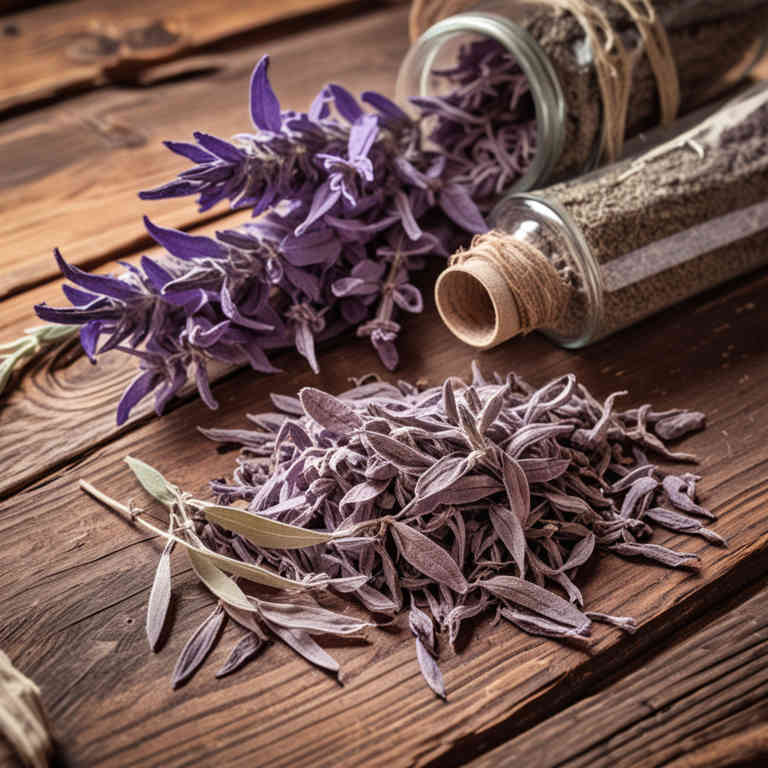
Salvia officinalis, commonly known as sage, has been traditionally used in herbal medicine for its soothing and anti-inflammatory properties.
When formulated into a linctus, or herbal syrup, sage can help alleviate symptoms of hay fever by reducing nasal congestion and soothing irritated throat tissues. The active compounds in sage, such as thujone and rosmarinic acid, possess antimicrobial and antihistamine-like effects that may help ease allergic reactions. Many people find that using sage linctus as a natural alternative to conventional antihistamines can provide relief without the side effects often associated with pharmaceutical treatments.
However, it is important to consult with a healthcare professional before using sage linctus, especially for those with existing medical conditions or who are taking other medications.
3. Equisetum arvense
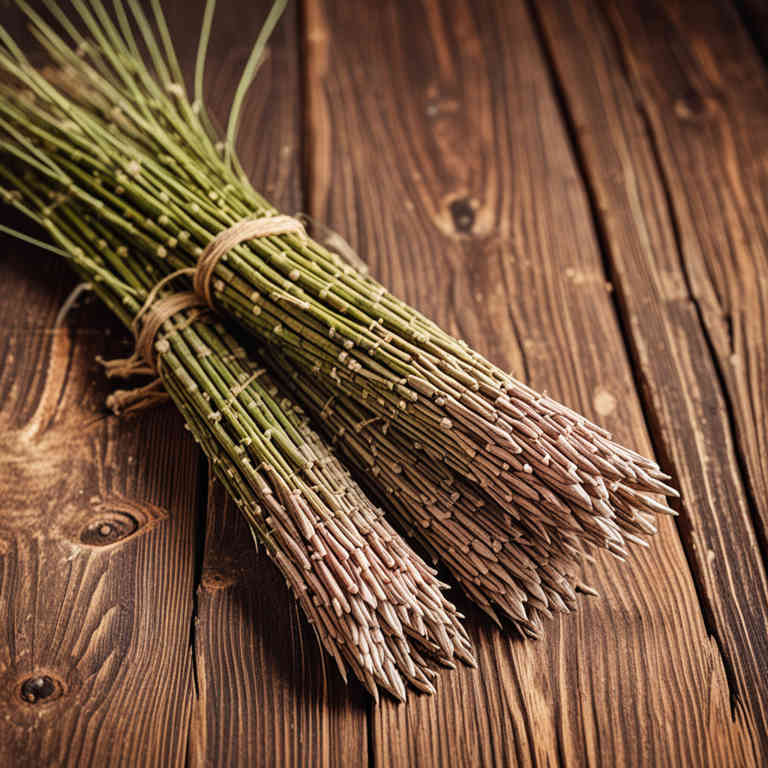
Equisetum arvense, commonly known as horsetail, has been traditionally used in herbal linctuses for alleviating symptoms of hay fever.
This plant is rich in silica and other minerals, which may help reduce inflammation and support the immune system. The herbal linctuses typically combine horsetail with other soothing ingredients like licorice root or marshmallow root to create a calming effect on the respiratory tract. While some studies suggest potential anti-allergic properties, more research is needed to confirm its efficacy for hay fever.
As with any herbal remedy, it is advisable to consult a healthcare professional before use, especially for individuals with known allergies or chronic conditions.
4. Plantago lanceolata
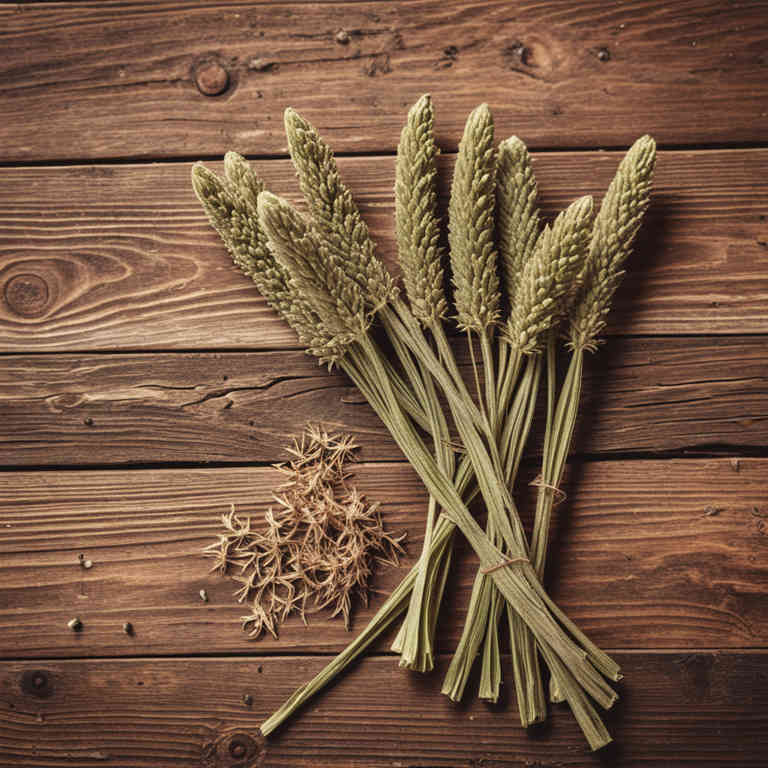
Plantago lanceolata, commonly known as plantain, has been traditionally used in herbal medicine for its soothing properties, and its extract is often incorporated into linctuses for alleviating symptoms of hay fever.
These herbal linctuses typically contain plantain combined with other natural ingredients like licorice root or eucalyptus to enhance their effectiveness in reducing throat irritation and coughing. The mucilage in plantago lanceolata forms a protective layer over the throat, helping to ease inflammation and congestion associated with allergic reactions. As a natural alternative to conventional antihistamines, plantago lanceolata linctuses offer a gentler, plant-based approach to managing hay fever symptoms.
However, individuals should consult with a healthcare provider before using these products, especially if they have existing medical conditions or are taking other medications.
5. Thymus vulgaris
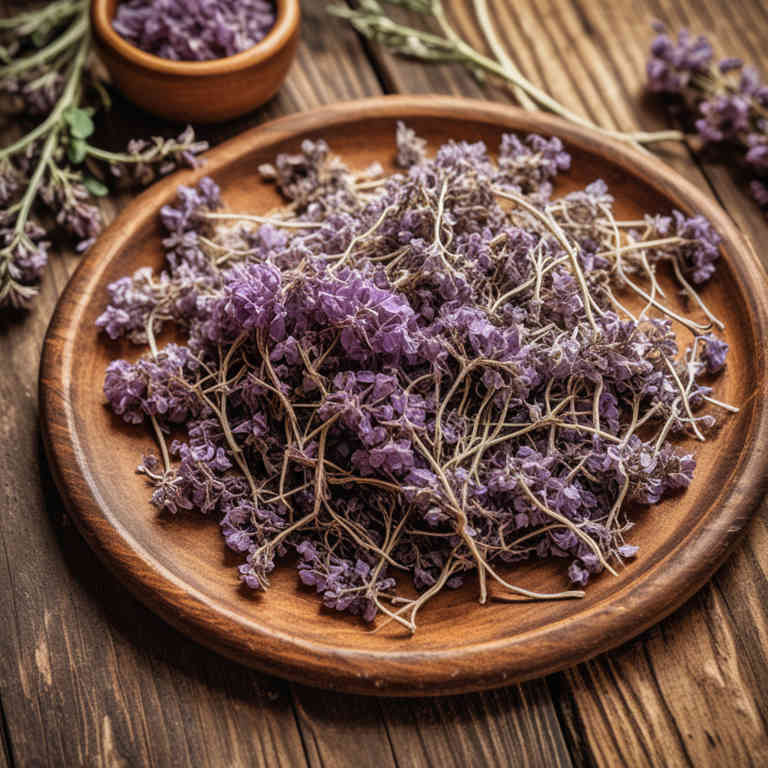
Thymus vulgaris, commonly known as thyme, is often used in herbal linctuses to alleviate symptoms of hay fever due to its potent antimicrobial and anti-inflammatory properties.
These linctuses typically contain a concentrated extract of thyme, which may help reduce nasal congestion and soothe irritated airways. The active compounds in thyme, such as thymol and carvacrol, are believed to support the body's natural defenses against allergens. While some studies suggest that thyme may offer mild relief for allergic symptoms, it is important to consult a healthcare professional before using it as a treatment.
Herbal linctuses containing thymus vulgaris are often preferred by individuals seeking natural alternatives to conventional antihistamines.
6. Matricaria chamomilla
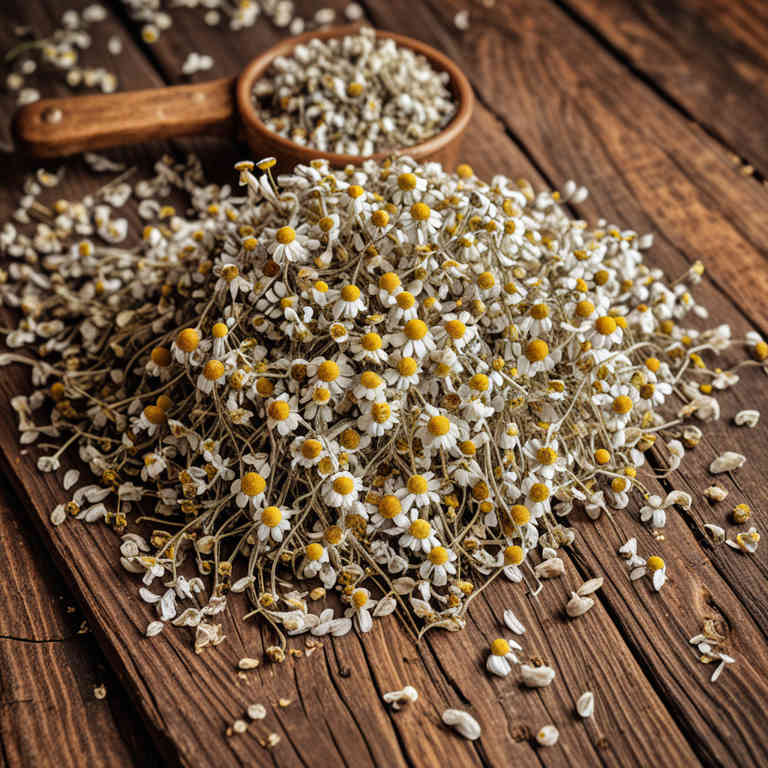
Matricaria chamomilla, commonly known as chamomile, is often used in herbal linctuses to help alleviate symptoms of hay fever.
These linctuses typically contain a concentrated extract of chamomile flowers, which are rich in anti-inflammatory and antihistamine properties. The soothing effects of chamomile may help reduce nasal congestion, sneezing, and itching associated with allergic rhinitis. While not a cure for hay fever, chamomile linctuses can serve as a natural complement to conventional treatments.
However, individuals should consult with a healthcare provider before using chamomile products, especially if they have allergies or are taking other medications.
7. Chamomilla recutita
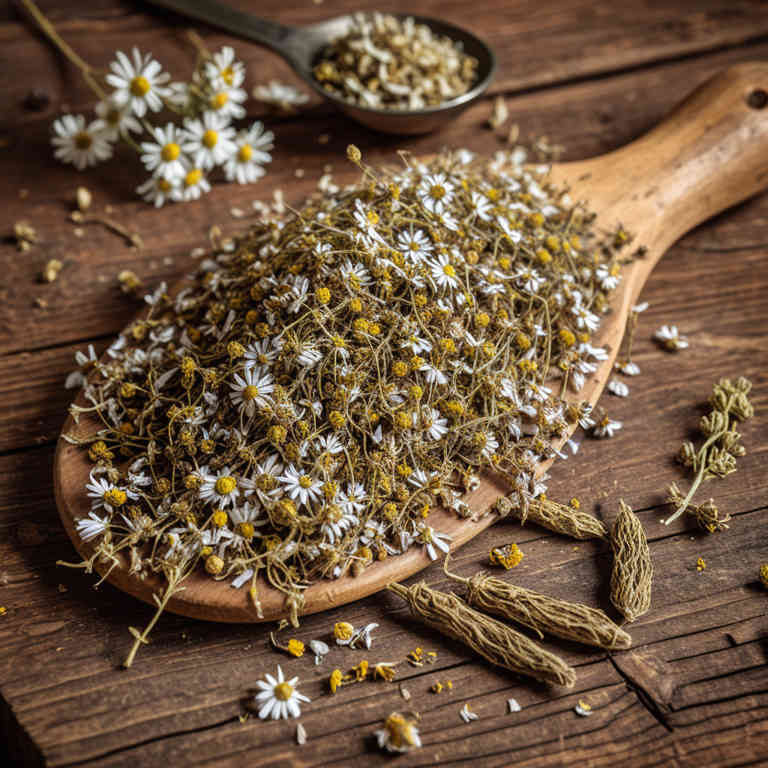
Chamomilla recutita herbal linctus is a natural remedy often used to alleviate symptoms of hay fever, such as sneezing, runny nose, and itchy eyes.
This herbal preparation contains extracts of German chamomile, which is known for its anti-inflammatory and antihistamine properties. It works by soothing the mucous membranes in the respiratory tract, reducing irritation and congestion associated with allergic reactions. Many people find it to be a gentle and safe alternative to conventional antihistamines, especially for those seeking a natural approach to managing hay fever symptoms.
Regular use of chamomilla recutita linctus may help provide relief and support the body's natural defenses against allergens.
8. Foeniculum vulgare
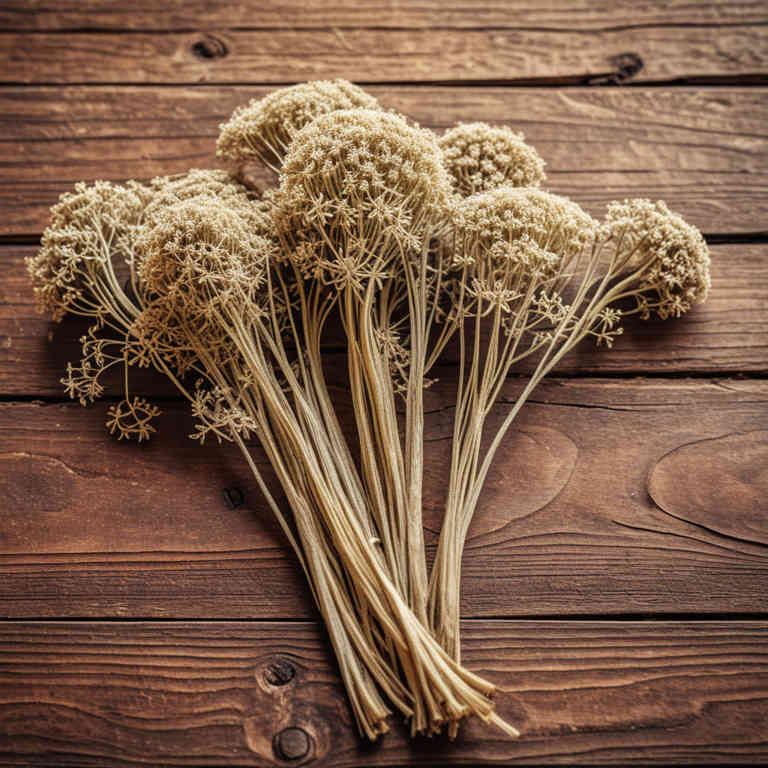
Foeniculum vulgare, commonly known as fennel, has been traditionally used in herbal linctuses to alleviate symptoms of hay fever.
The essential oil of fennel contains compounds like anethole, which possess mild anti-inflammatory and antihistamine properties. These properties may help reduce nasal congestion and allergic reactions associated with hay fever. Herbal linctuses made from fennel are often prepared by infusing the dried seeds in a carrier oil or honey, creating a soothing remedy for respiratory discomfort.
While fennel linctuses are not a substitute for conventional treatments, they may offer a natural complement to managing hay fever symptoms.
9. Eucalyptus globulus
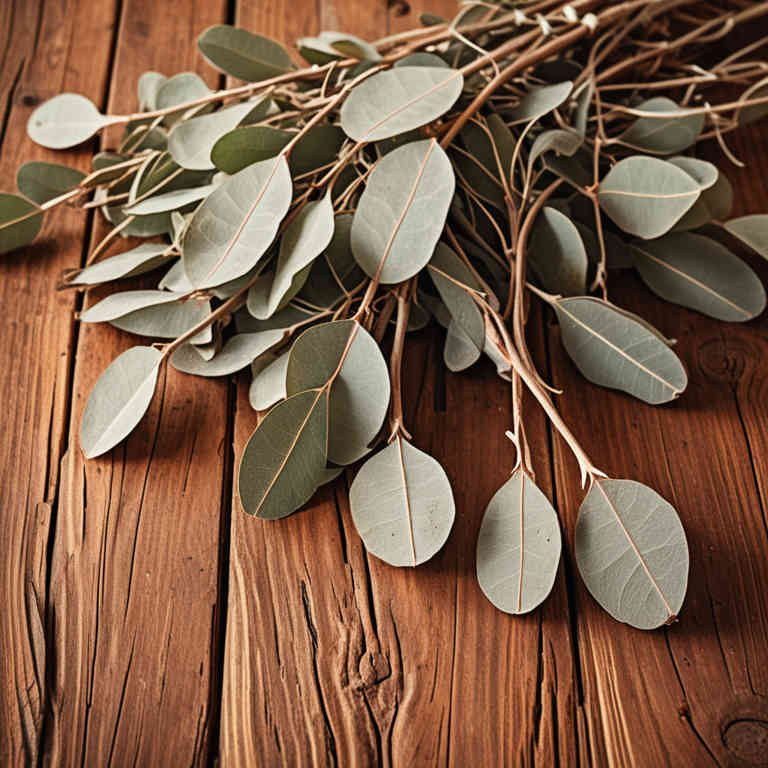
Eucalyptus globulus, commonly known as the blue gum eucalyptus, is often used in herbal linctuses for its soothing and decongestant properties.
These linctuses typically contain essential oils extracted from the leaves of the eucalyptus plant, which are known for their anti-inflammatory and antimicrobial effects. When used for hay fever, they can help alleviate symptoms such as nasal congestion and throat irritation by clearing mucus and reducing inflammation in the respiratory tract. The aromatic compounds in eucalyptus globulus may also provide a calming effect, making it a popular natural remedy for seasonal allergies.
However, it is important to consult a healthcare professional before using these linctuses, especially for children or individuals with existing medical conditions.
10. Nepeta cataria

Nepeta cataria, commonly known as catnip, has been traditionally used as a herbal remedy for alleviating symptoms of hay fever.
The essential oils in catnip, particularly nepetalactone, are believed to have antihistamine properties that may help reduce allergic reactions. When used in the form of linctuses, or cough syrups, catnip can soothe irritated throats and ease congestion associated with allergic rhinitis. While scientific evidence supporting its efficacy for hay fever is limited, many users report relief from sneezing, runny nose, and itchy eyes.
As with any herbal remedy, it is advisable to consult a healthcare professional before use, especially for those with existing medical conditions or taking other medications.